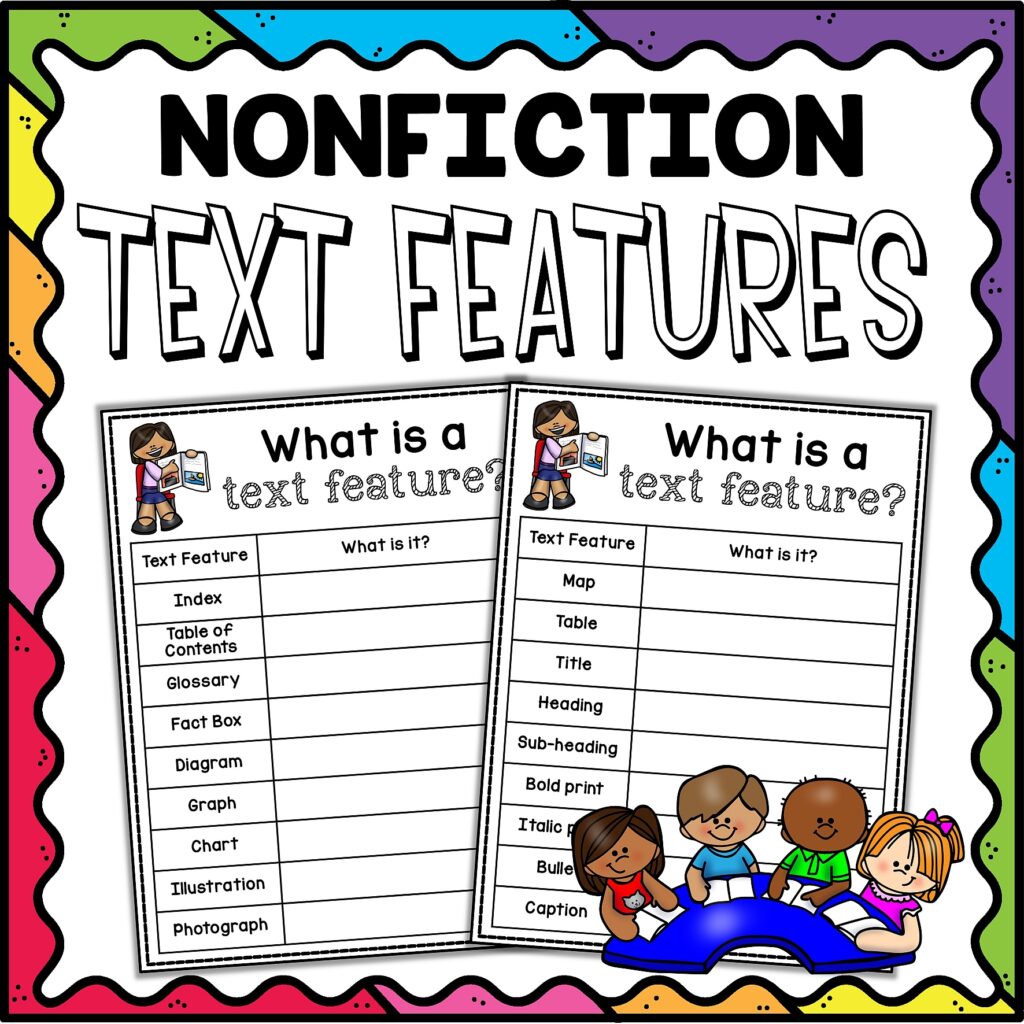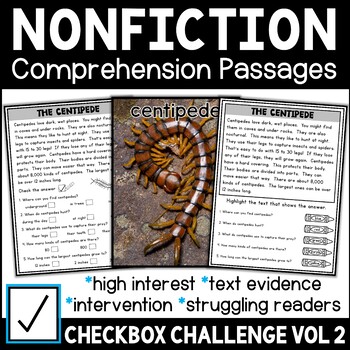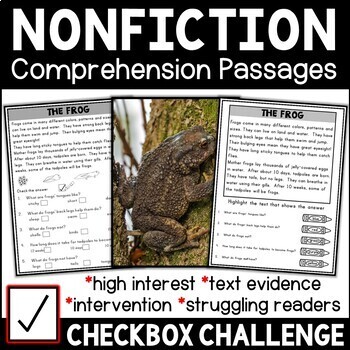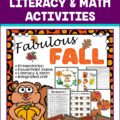Nonfiction reading skills are so important for our students. They certainly need these skills in middle and secondary school. So we need to teach them how to read nonfiction text as early as we possibly can.
Even very beginning readers should be exposed to nonfiction text. They can start learning some strategies as they are also learning to read!
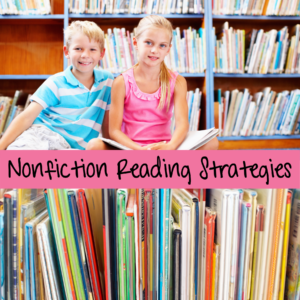
Nonfiction reading strategies for young readers
As with any skill, start with instructing students in the reading strategies you’re working on. Chunk up the text into smaller sections, then model the skills yourself.
It’s really important to make sure that you’re providing lots of different, engaging nonfiction texts. Children of this age have a natural curiosity about just about any topic, so have a wide variety of books available.
- One of the first places to start is teaching your students some of the common organizational characteristics of nonfiction text. Show them how to use the Table of Contents. Draw their attention to boldface words and subheadings. Help them to look at the illustrations and understand how the captions explain them. Click on the image below to grab a useful freebie for your students to use.
- The ability to identify key concepts and important details is a strategy that students need in order to be able to make sense of nonfiction reading and summarize information. Start by having students ask questions and make predictions about the content by using the headings and subheadings. This gives them a focus for reading. As they realize that they are finding the answers to their questions in the text, they will begin to understand how to pick out important details.
- While students are reading nonfiction texts, they need to keep track of whether or not they’re understanding what they’re reading. One good way to do this is to have them use the headings to generate questions about what they’ll be reading and then write the answers. If students are too young to write, they can retell what they’ve read to a partner or the teacher.
- Have students use various note-taking methods to organize the information. For example, the tried-and-true KWL chart is very useful. This chart can be used for both pre- and post-reading. Another simple form for students to complete is a simple 2-column chart where they can list the main idea and any supporting details. Try out these free graphic organizers!
- Students can physically interact with the text by highlighting and simple annotation.
- Check out my earlier post for more reading strategies.
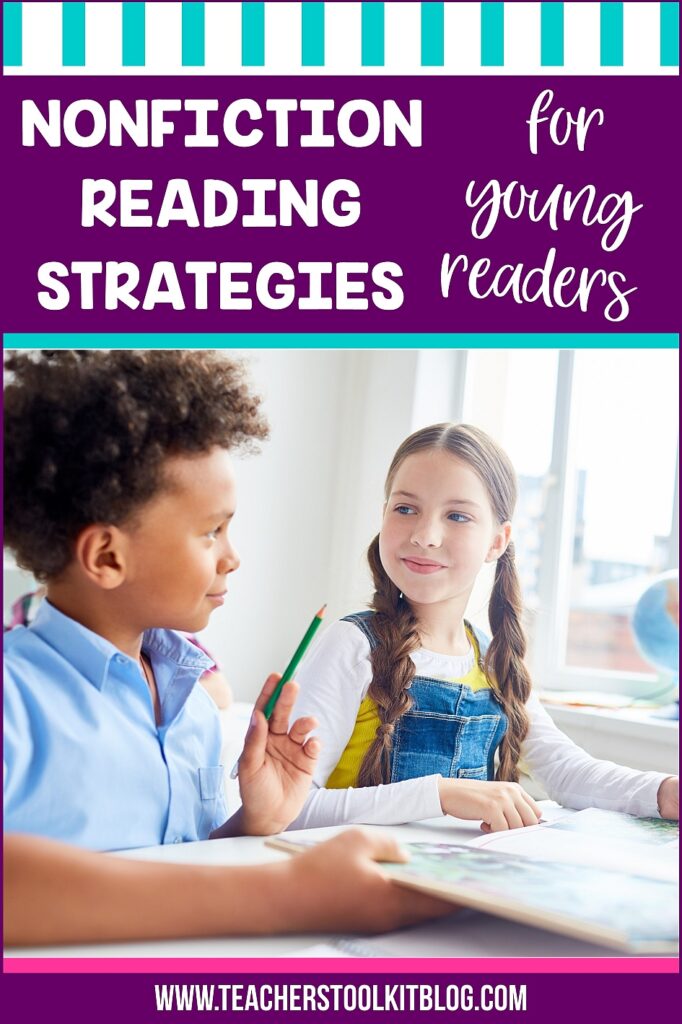
Fun reading resources
It can be difficult to find nonfiction texts at the level needed for young readers. They need a wide variety of topics and reading levels. And if you’d like your students to highlight/annotate text, you need reading passages that are printable.
There are several resources in my store that I created to meet those needs. The resources below contain everything you need to guide your students in learning this very important skill.
Each resource contains nonfiction texts with questions to go along with each one. The passages are short and engaging, with topics ranging from ancient Egyptians to seasons to teddy bears! The questions are written to help students pick out important information and details. Students are also able to highlight answers to the questions with specific colors. If you’re looking for fun nonfiction activities for young readers, you’ll want to check these out!
If you’re looking for a good list of children’s nonfiction text, this list might help.
Do you have a special strategy for teaching your beginning readers how to read nonfiction texts? Please share it with us below!
